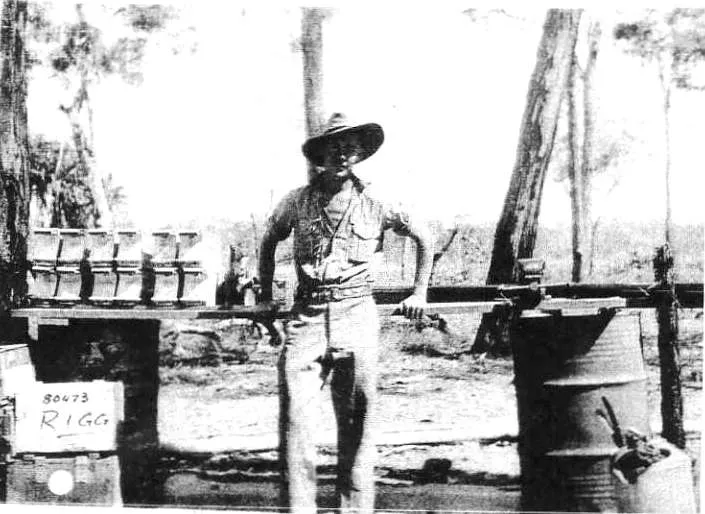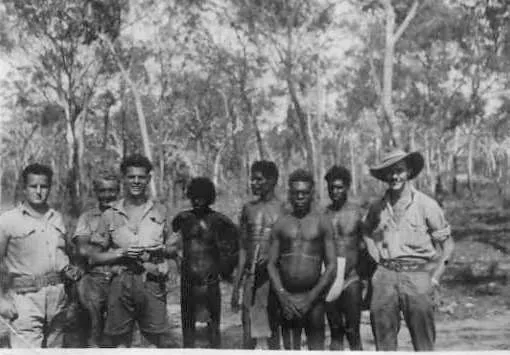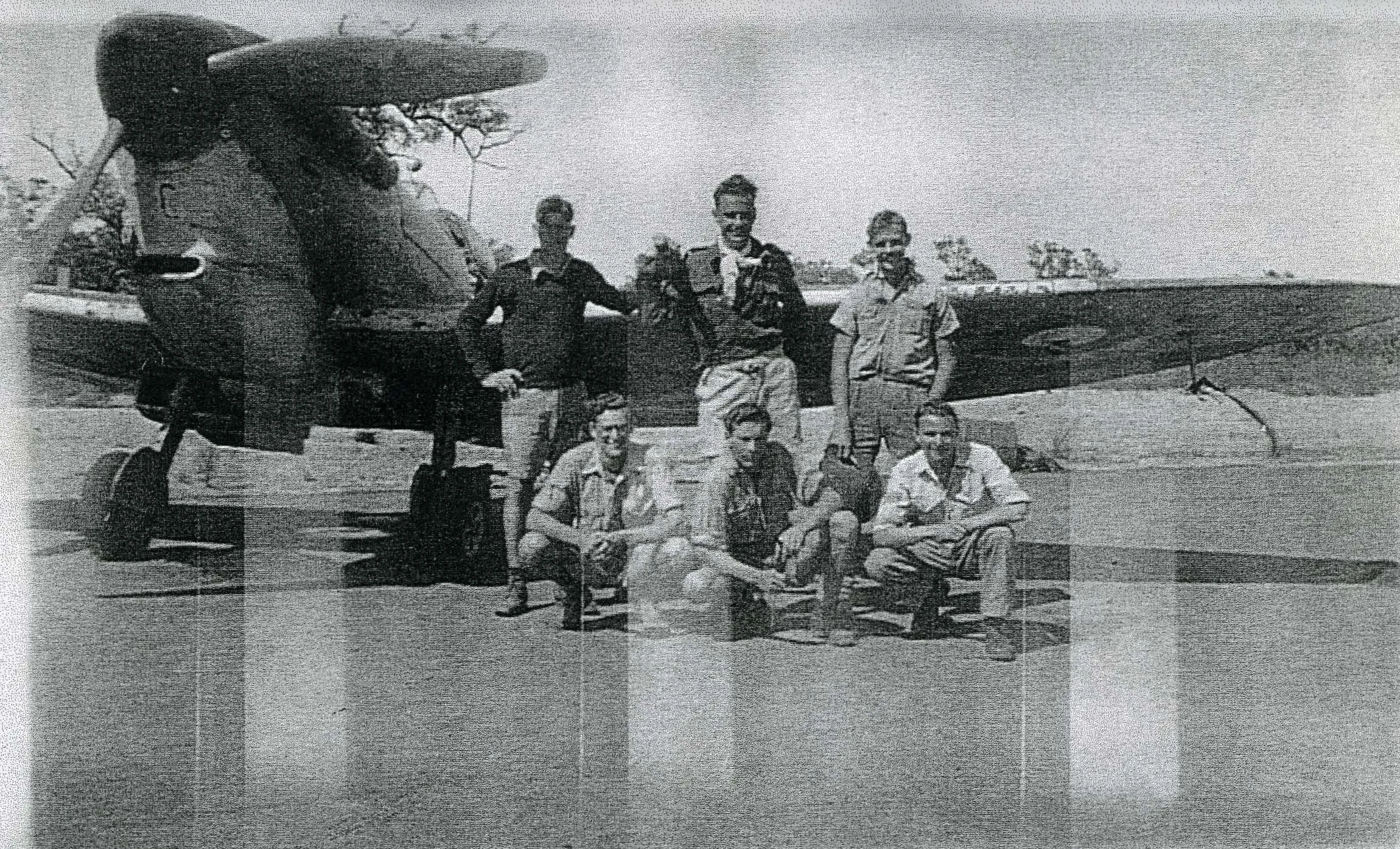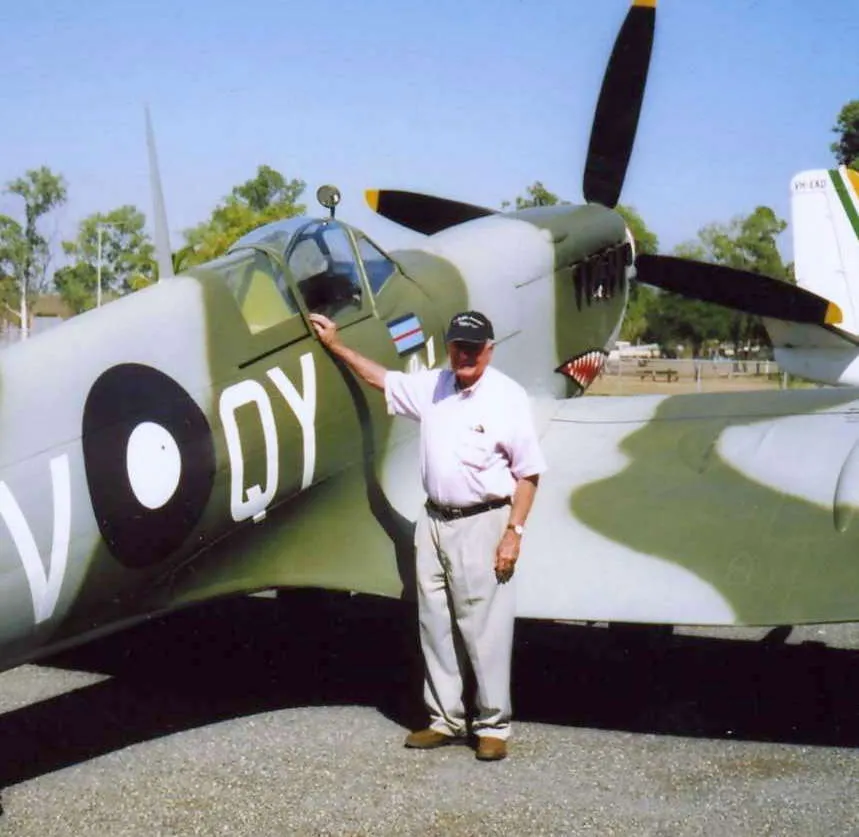LAC Ronald John Rigg 8047
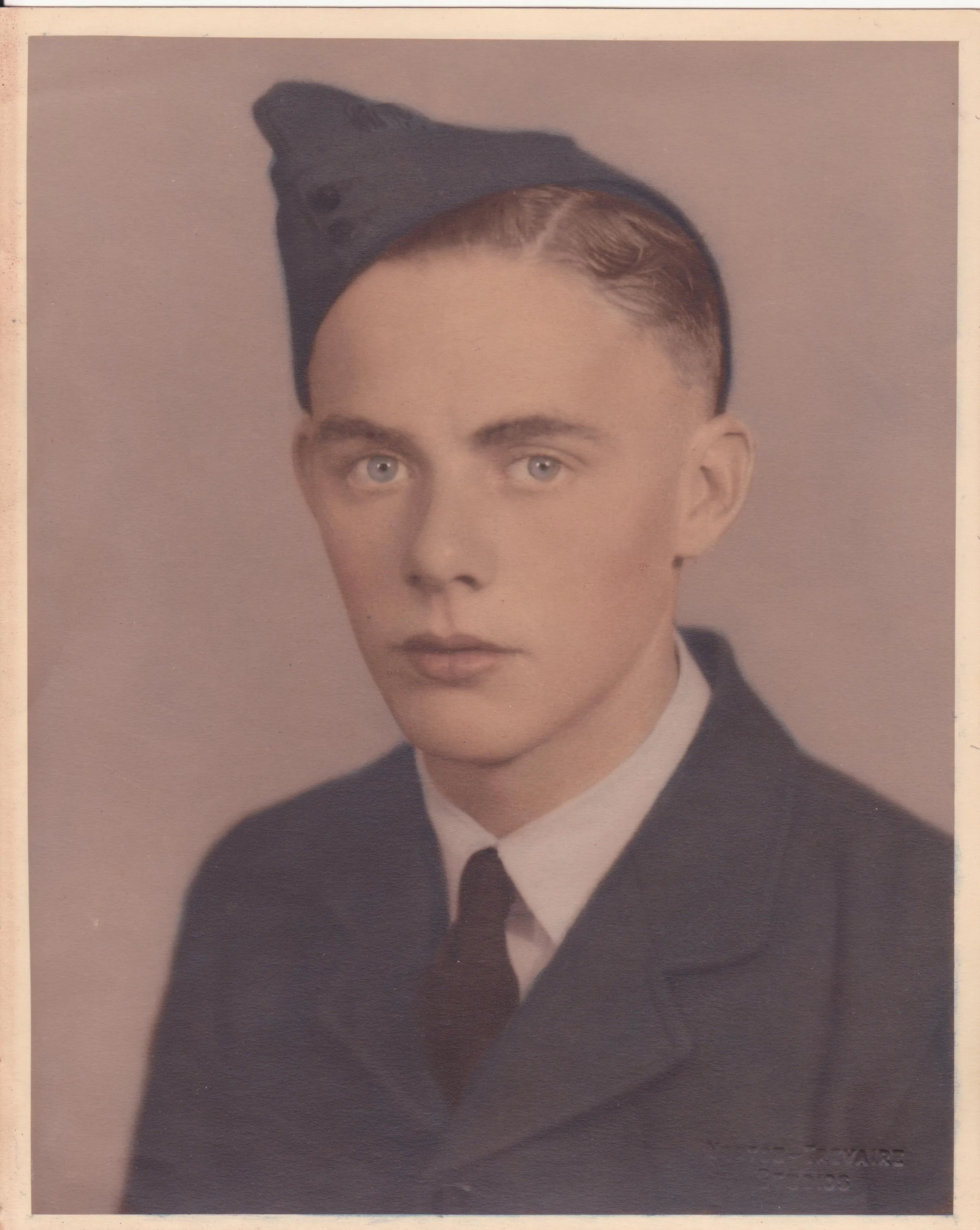


| Squadron/s | 452 SQN |
| Rank On Discharge/Death | Leading Aircraftman (LAC) |
| Mustering / Specialisation | Armourer |
| Date of Birth | 29 Jan 1923 |
| Date of Enlistment | 23 Dec 1941 |
| Contributing Author/s | Ron Rigg, edited by David Hamilton Reviewed May 2014 The Spitfire Association |
Ron was born 29th January 1923 in Perth WA and was educated at Perth Boys School. He left when 15 years old and joined a soft goods company in Perth. In December 1943 he asked for leave to attend the Australian Boy Scouts Jamboree and was refused. He therefore resigned from the company and travelled to Sydney and attended, thus showing a determination that was to show itself many times over the years to come. Among other Western Australian Scouts attending were Percy Hope, later WA Surveyor General and David Brand who was later knighted. On returning to Perth in January 1939 he applied for and accepted a position with another company.
On 23rd December 1941 he joined the 9th Auxiliary Horse Transport Battalion and six months later made another change. On 5th May 1942 he transferred to the RAAF, when he was called up, and was posted to Pearce Air Force Base as an Aircraftman and subsequently trained as an Armourer.
Postings followed to Point Cook and the Bombing Range at Little River. He wrote of his experiences:- "My posting to Darwin came in 1943 and together with many associates we left by train from Melbourne to Adelaide and then to Alice Springs, followed by cattle truck to Darwin, a long trip but most exciting, dry and dusty. I was most excited to be posted to the famous Battle of Britain 452 [Spitfire] Squadron, based at Strauss on the twenty-eight mile peg, south of Darwin.
Air raids were frequent and we lost many great friends during the coming months. As an armourer I always followed the three aircraft to which I was allocated and this took me to Millingimbi, on the 10th August 1943. The ground staff selected flew in a No 2 squadron Hudson bomber from Hughes Airfield and flew over the vast waterways and remarkable terrain of Arnhem Land with thousands of white birds swirling below, landing at the forward RAAF outpost some 325 miles north-east of Darwin, on the largest of the Crocodile Islands, in the Arafura Sea.
As sole armourer I acted as emergency gunner at the starboard Vickers machine gun position. Approaching Millingimbi we encountered two Japanese float planes, which were on reconnaissance, probably "Jakes”. I did not see either aircraft from my position and both were believed to have been shot down by accompanying Spitfires flown by Flying Officers Fred Young and Bill Combes. It was a great night at Millingimbi.
During the encounter a firing pin on one of the Spitfires 20mm cannon broke. My "armoury" consisted of a plank placed on two petrol drums and, with the assistance of a welder from a passing work boat, the pin was built up with high tensile steel and filed into perfect shape with excellent results.
Millingimbi was quite a relief after Strauss, with swimming and a little paddling in the Mission dugout canoe, between squadron duties. A little damper cooked on the lid of an oil drum over an open fire, by the friendly natives, was a rare treat.
We moved to the Drysdale River Mission airstrip, at Kalumburu, which was the closest base to Portuguese Timor and very busy. It was also an ideal sand crash strip for aircraft in trouble, and a jumping off and refuelling point for No 31 squadron Beaufighters from Coomalee Creek, south of Darwin. Dili and the Barbar Islands were regular targets. Drysdale was classified as a forward Operation area after a Japanese air raid in 1943 when, tragically, the Very Reverend Father Thomas Gil and two natives were killed when the Mission was hit.
Three Spitfires, from 452 squadron, were sent for protection and I was the armourer. It was at the Mission that I celebrated my twenty-first birthday, with eighteen inches of rain falling that weekend. The camp was out of stores due to the rain, but fortunately I had accumulated six bottles of Flag Ale to share amongst those present, a memorable evening. Again, I had the experience of completely stripping a 20mm Hispano cannon as there were no special tools available to free a breech block jammed with the rim of an expended shell case. It was generally recognised that many of our aircraft had been in service for quite some time.
While cleaning Flying Officer Adrian Goldsmith’s old plane (fifteen and a half confirmed victories) I noticed an inscription showing through the recently painted camouflage. "DONATED BY SIR HARRY AND LADY OAKES" It was not unusual at the start of WW2 for eminent citizens to donate aircraft. Sir Harry Oakes, Governor of the Bahamas was murdered some years later.
The highlight at the end of Darwin service was to be involved with a great airlift of the Wing to Guildford Airport [now Perth International] at Dunreath, due to belief of the possibility of a massive Japanese air raid. The lift involved tons and tons of equipment, aircraft and personnel, a mighty task. Two aircraft crashed on this journey without loss of life. After several days of constant alert, the expected raid did not eventuate and the squadron, under the command of Squadron Leader Lou Spence returned to Darwin with other aircraft of the Wing, after a most successful operation.
Before I left the squadron we received a later type Spitfire, the Mark VIII, with four bladed propeller and very sleek. I thought that this was to be the very last word in aircraft design. It was very sad to leave 452 squadron and the many friends with whom I had spent so much time, as I would have loved to have continued on to Morotai in the Halmaneras. My next posting was to No 14 [Beaufort] bomber squadron based at Pearce and Fairbridge Farm, for coastal patrol from Albany in the south to Exmouth Gulf in the north. At the end of the war I was transferred to a bomb demolition squad and was involved in destroying many thousands of tons of ordnance in the north west of the Country".
Ron Rigg was discharged, from Pearce base, on the 6th of February 1946. His old job was still vacant at J.C. Hume and Company and he and his father bought the business and started importing direct from Asian countries, a pioneering move. This involved travelling to Japan, Taiwan, Korea, the Philippines, Thailand and Malaysia. They were invited to China in the early 60’s and found the trade most rewarding. They also imported from Britain, Spain, Germany, Greece and the USA [golf cars]. When his father died, Ronald continued the business until 1993, when at the age of 70, he retired.
